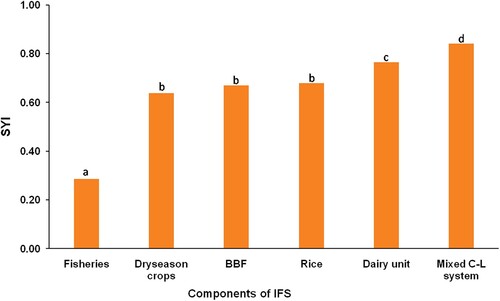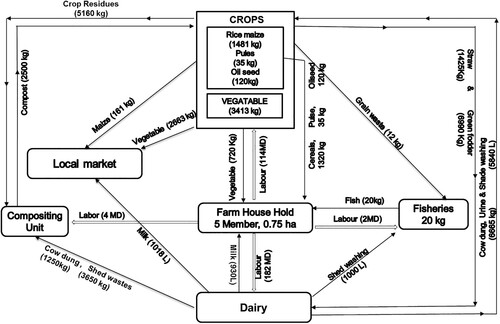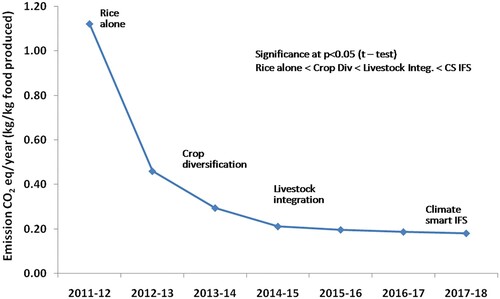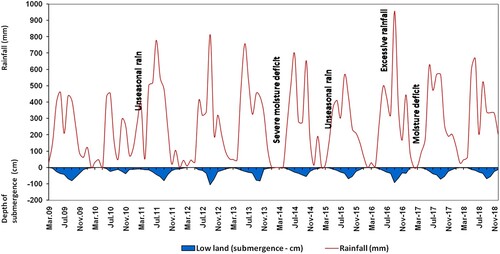Figures & data
Figure 1. Experimental layout and design of BBF. (a) Layout of raised bed and sunken furrow system; (b) Field layout and components of a crop-livestock integrated farming system.
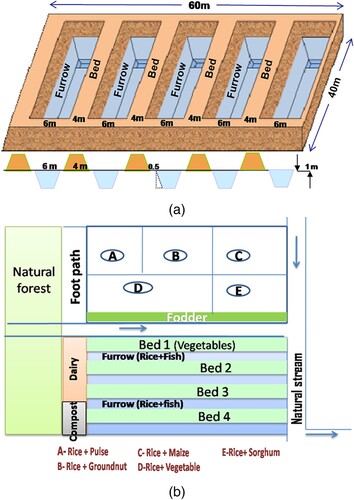
Table 1. General crop/enterprise rotations followed in the crop-livestock IFS system.
Table 2. Climate smart practices followed in the study.
Table 3. Production and net return from different components of crop-livestock IFS over the years.
Figure 2. Relationship between system yield (REY) and diversity index which increased with the progression of integration of different IFS components.
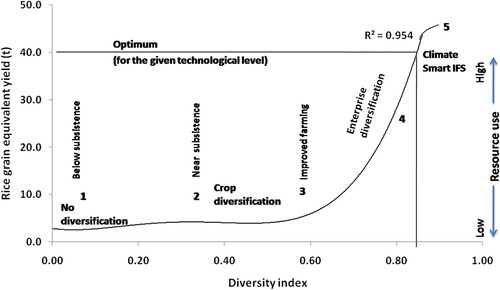
Figure 5. Glimpses of different components of climate smart IFS that provides food security evaluated for tropical island conditions. a. Vegetables in the raised beds, rice + fish in the furrows, fodder + agroforestry along boundries with dairy component; b. Land preparation and simultaneous sowing on the raisded bed even during monsoon season; c. Cultivation of improved rice varieties instead of photosensitive cultivar during wet season; d. Maize + pulse after rice harvest during dry season increased the cropping intensity.
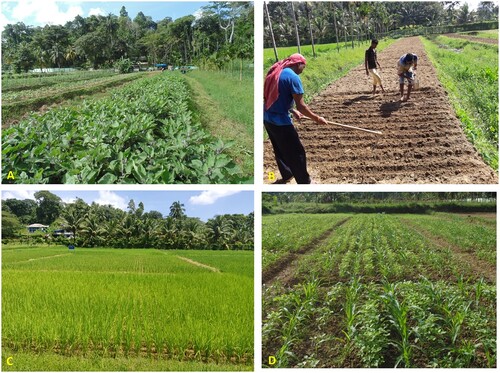
Table 4. On-farm production of various food items from the crop-livestock IFS over the years and household food security.
Table 5. Contribution of CSA practices to total farm production.

